
Posted on 01/04/2014 4:43:47 AM PST by Homer_J_Simpson

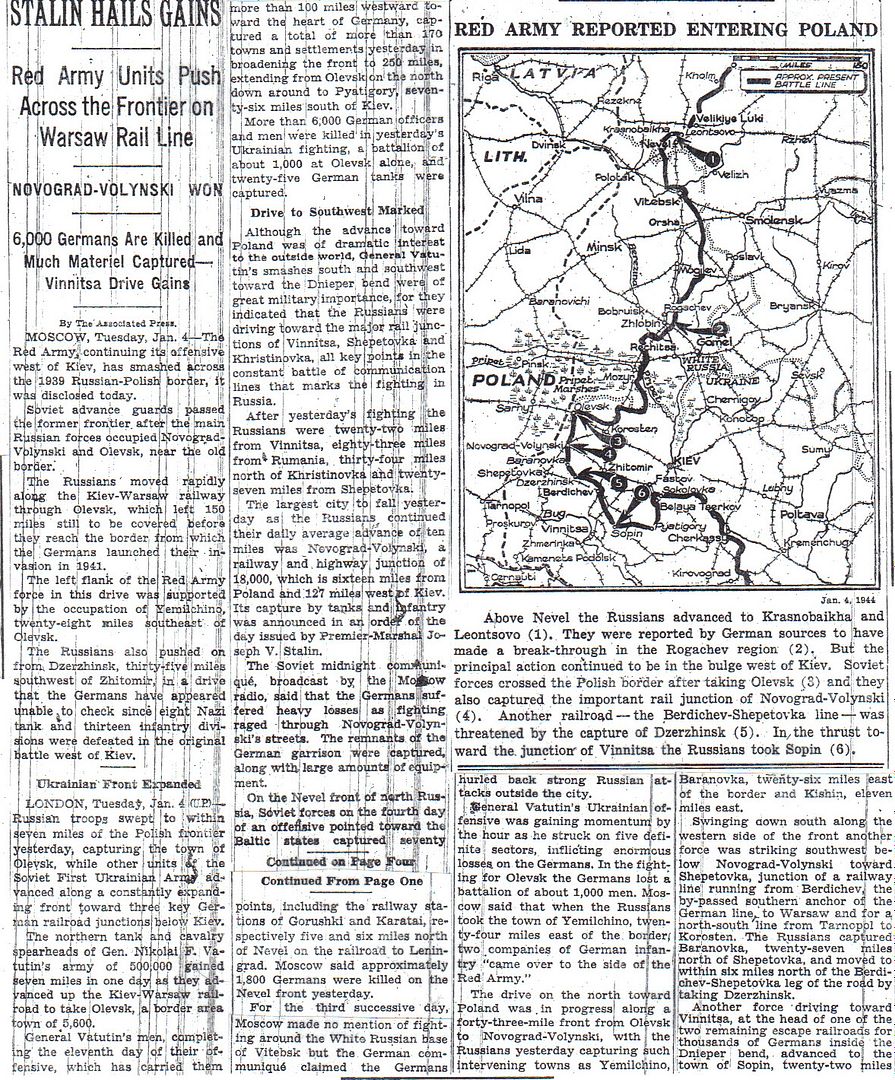
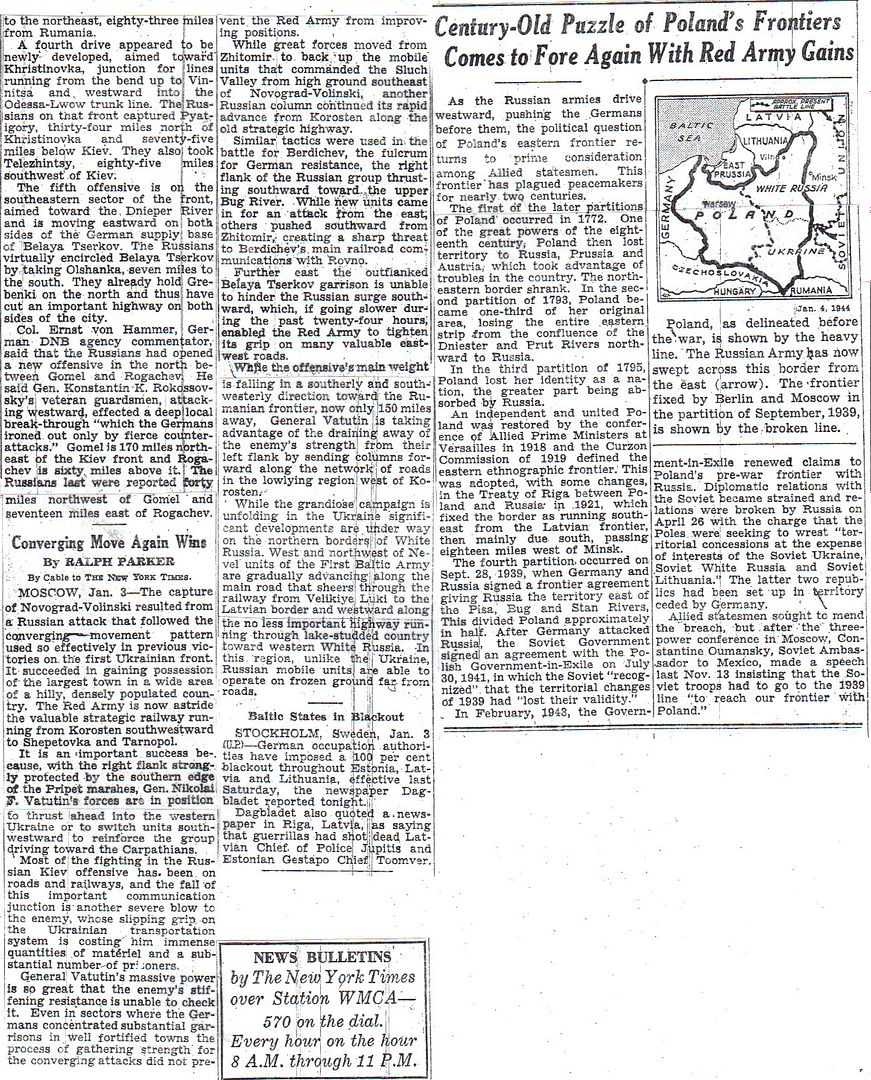
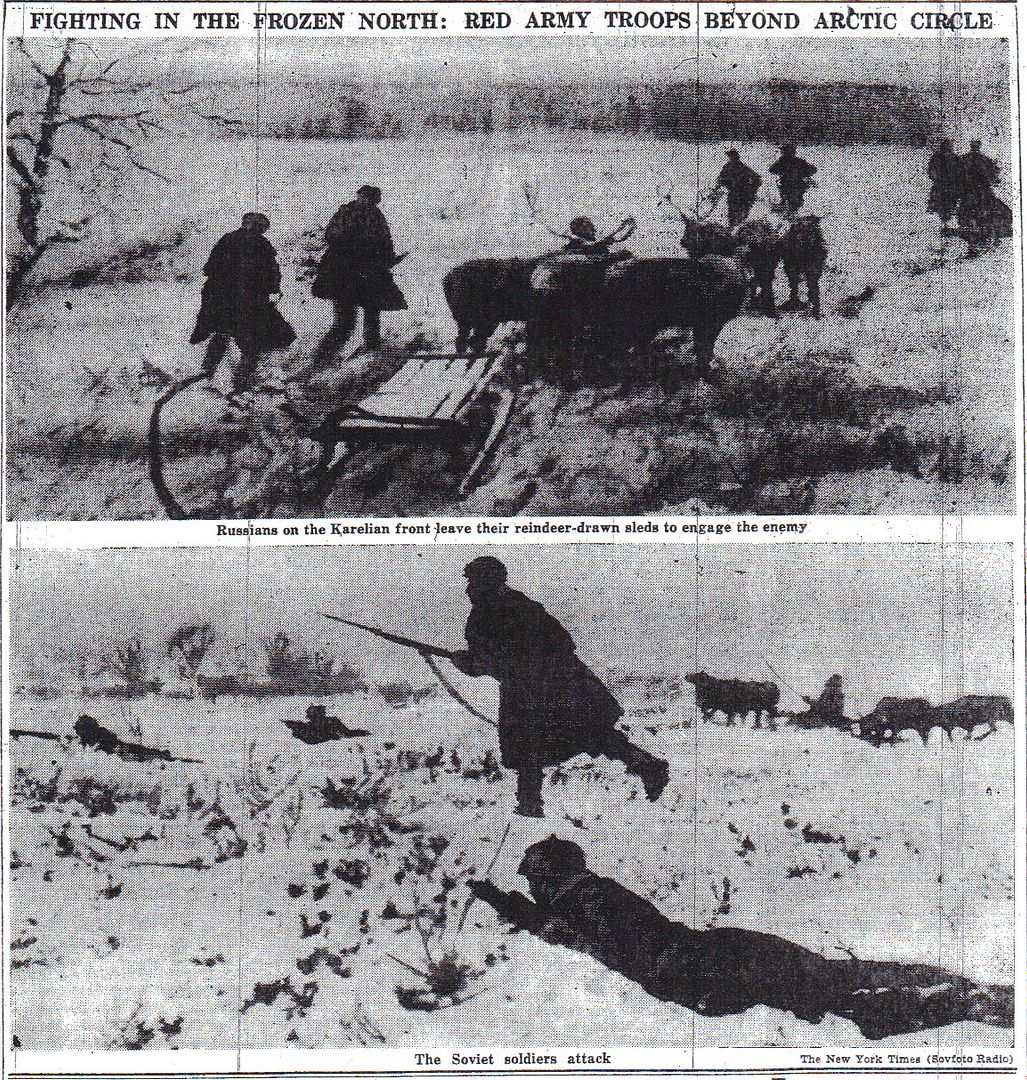
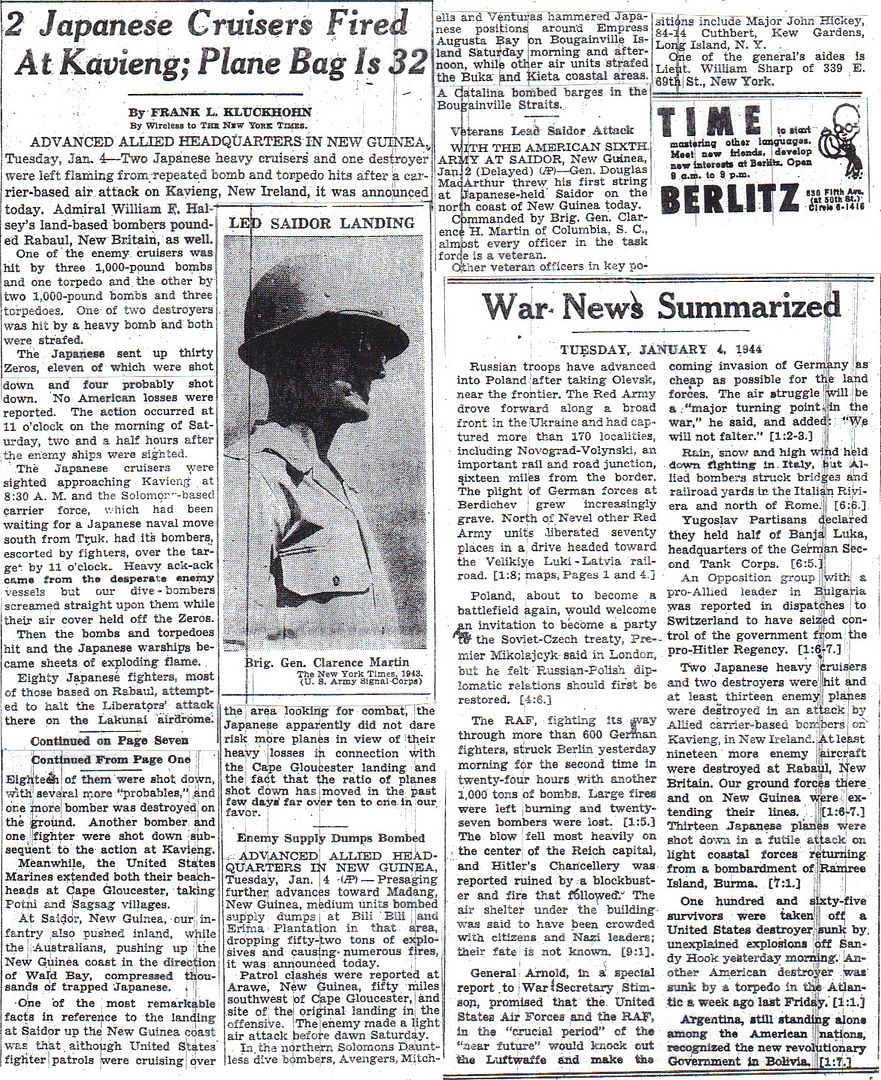
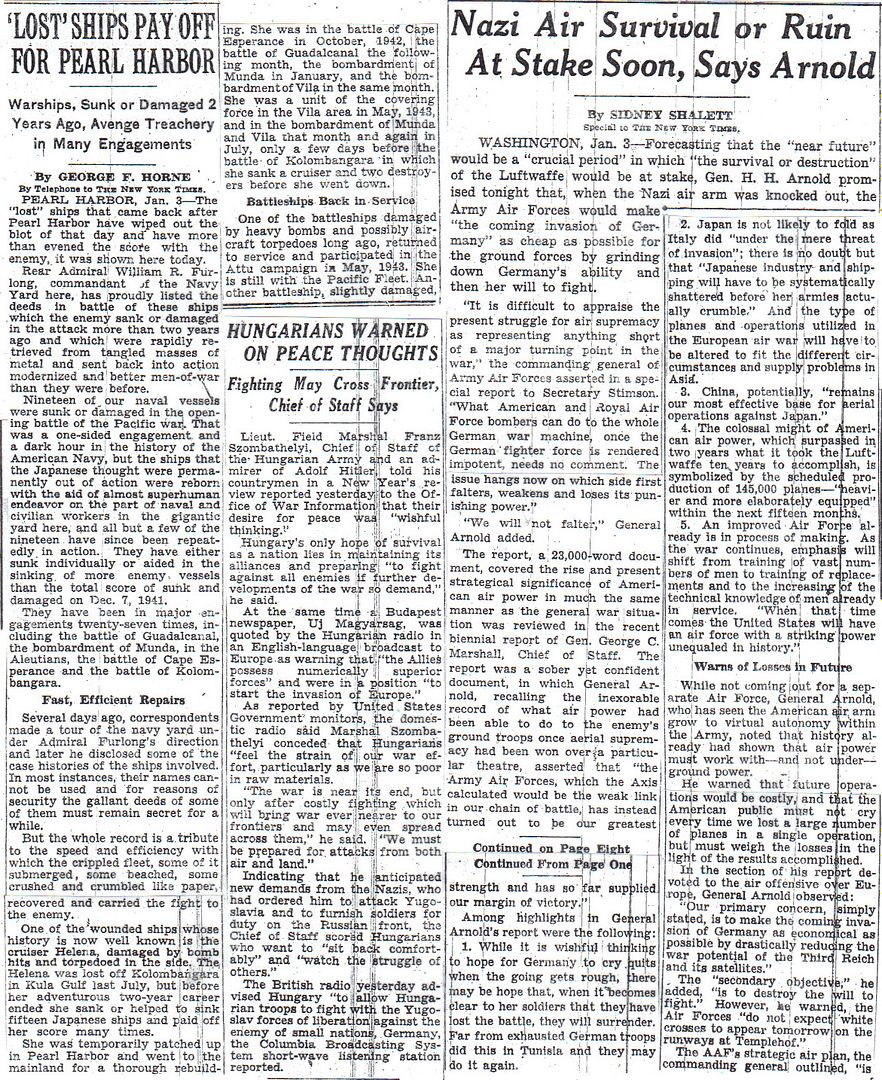
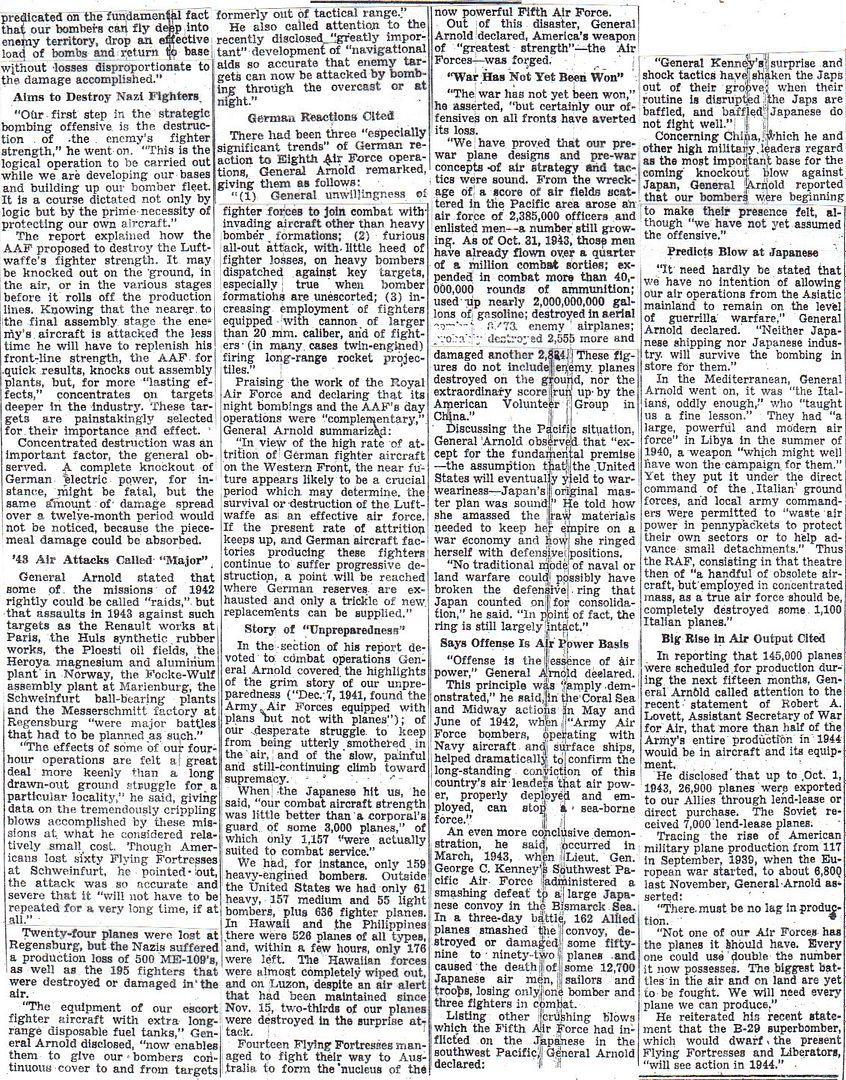
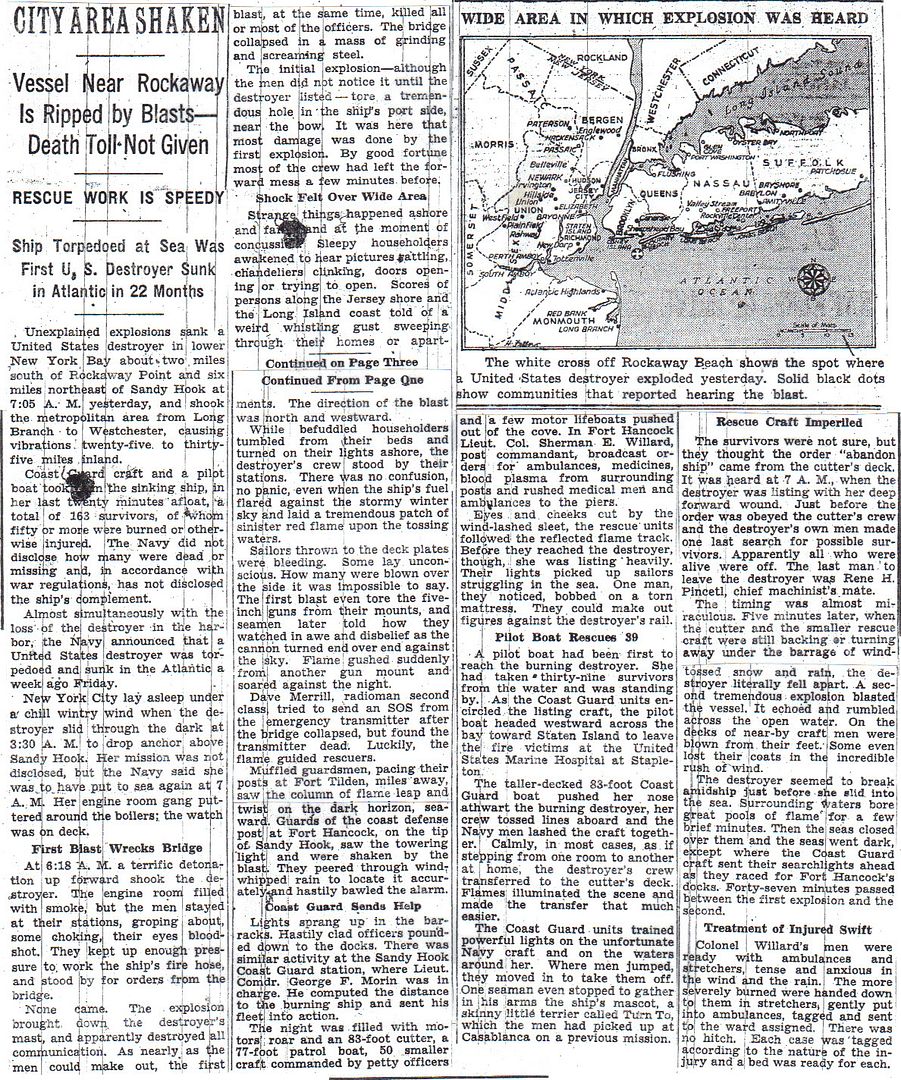
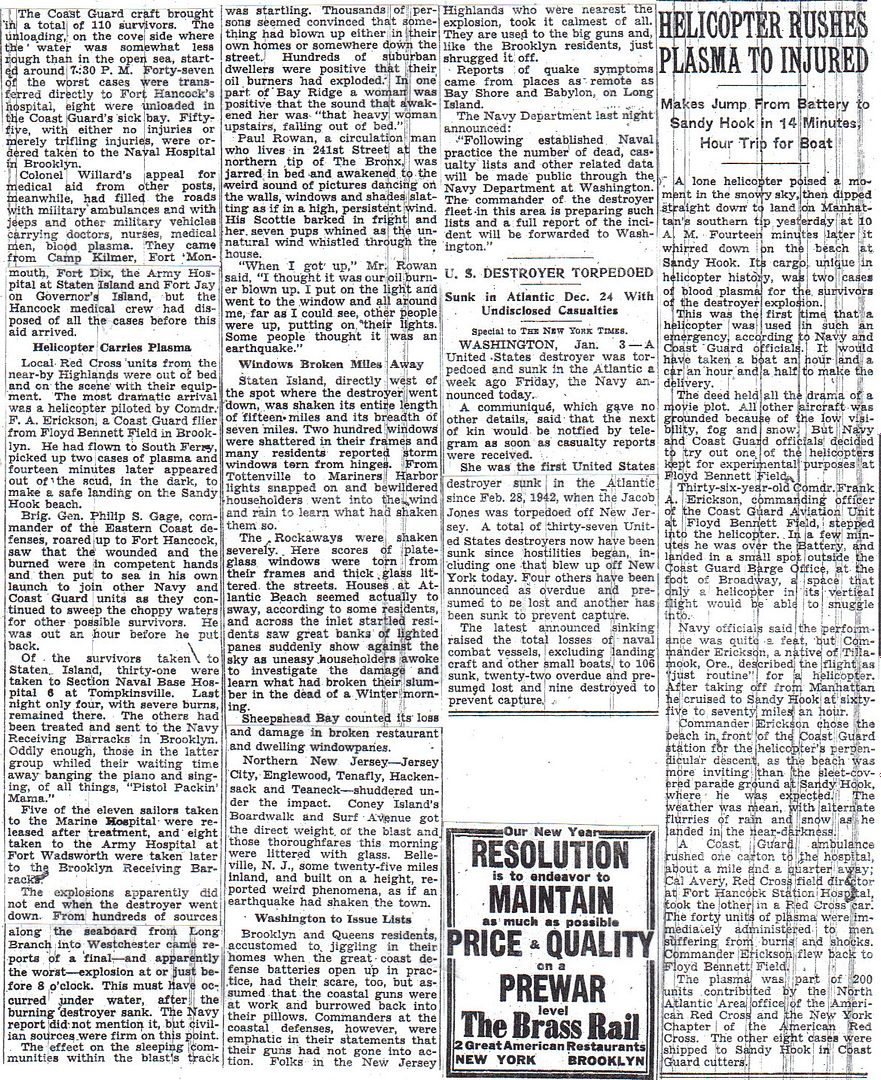
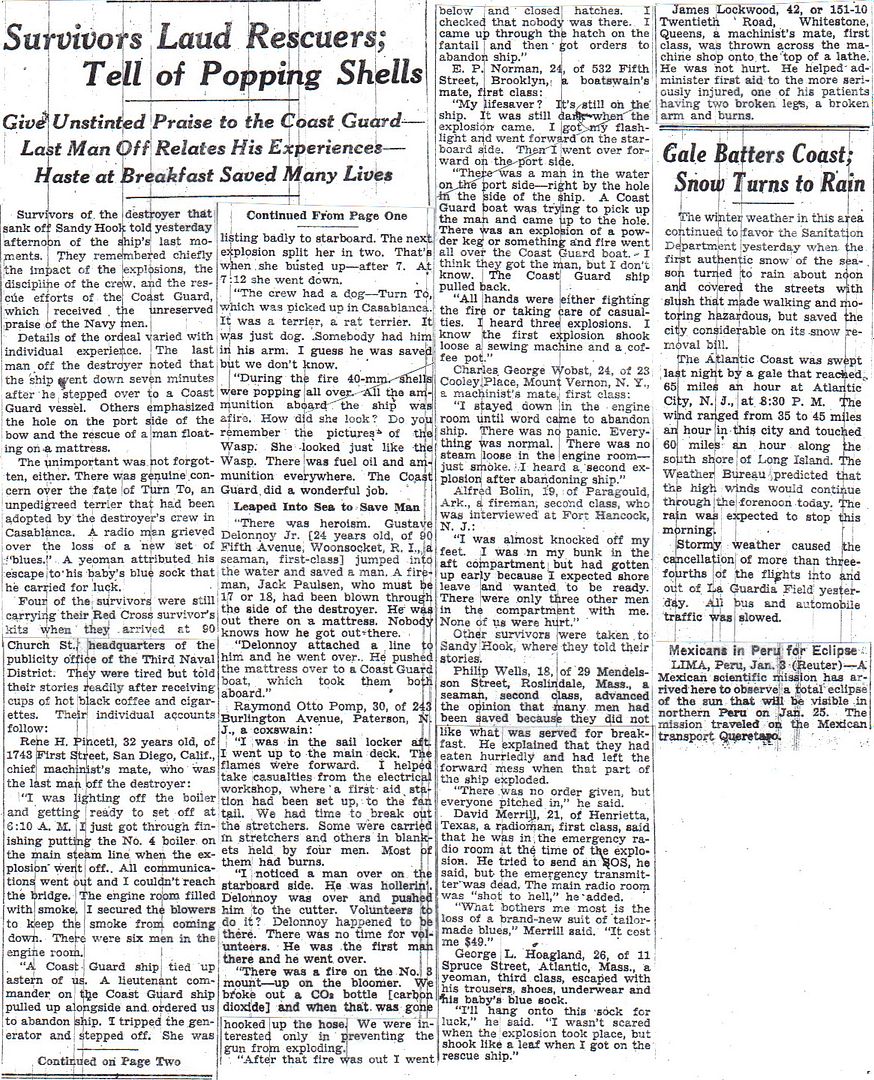
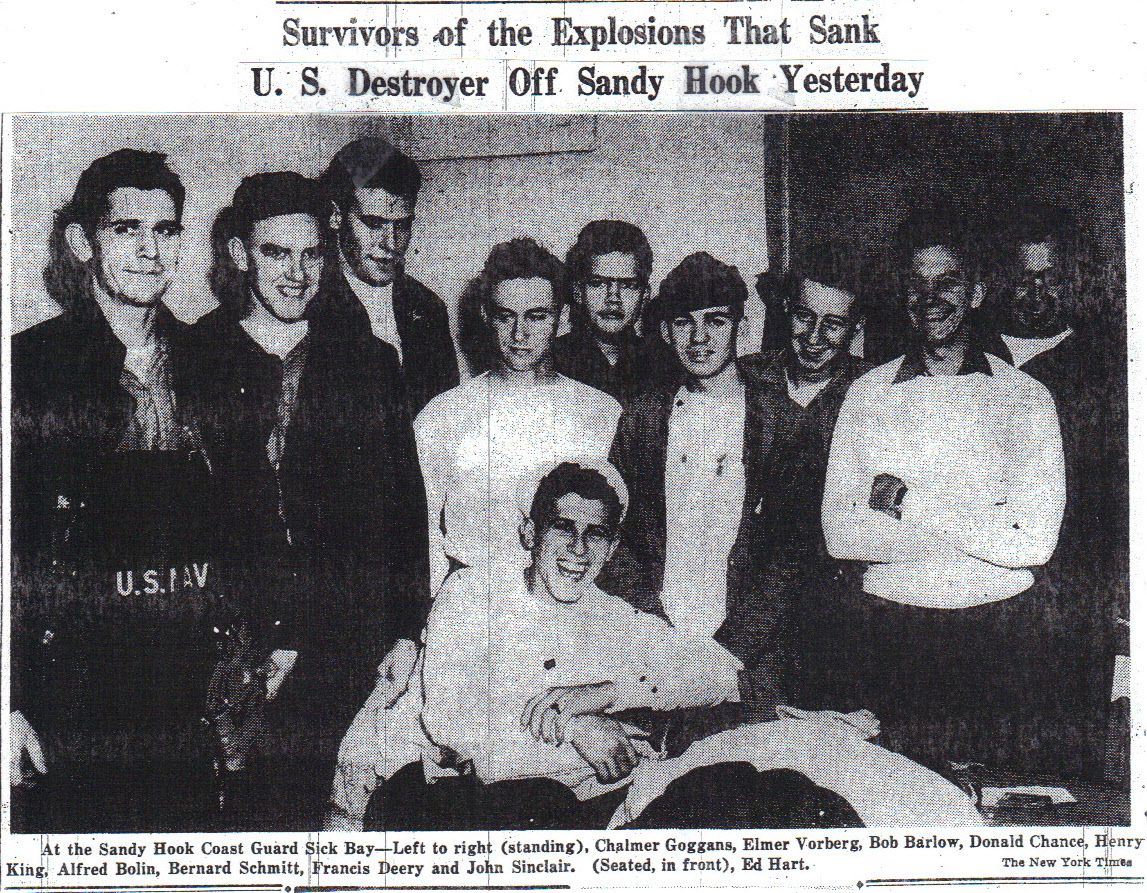

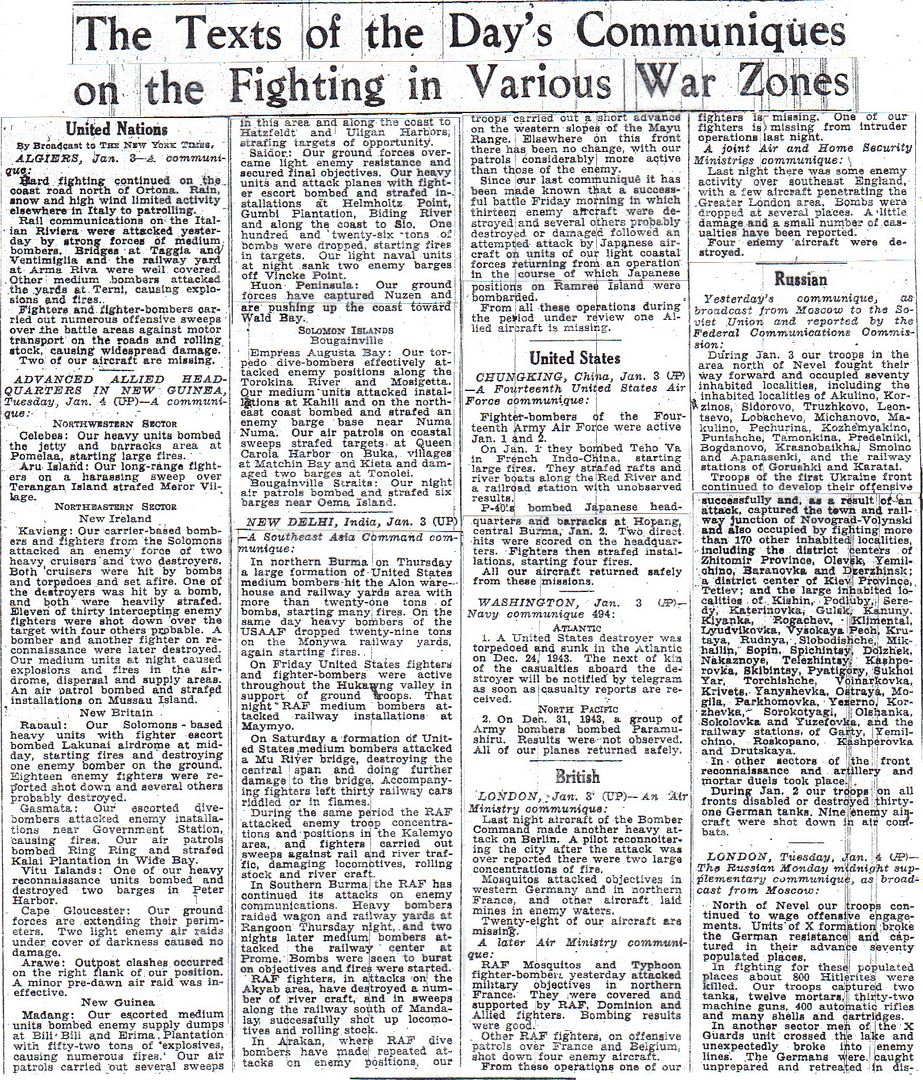
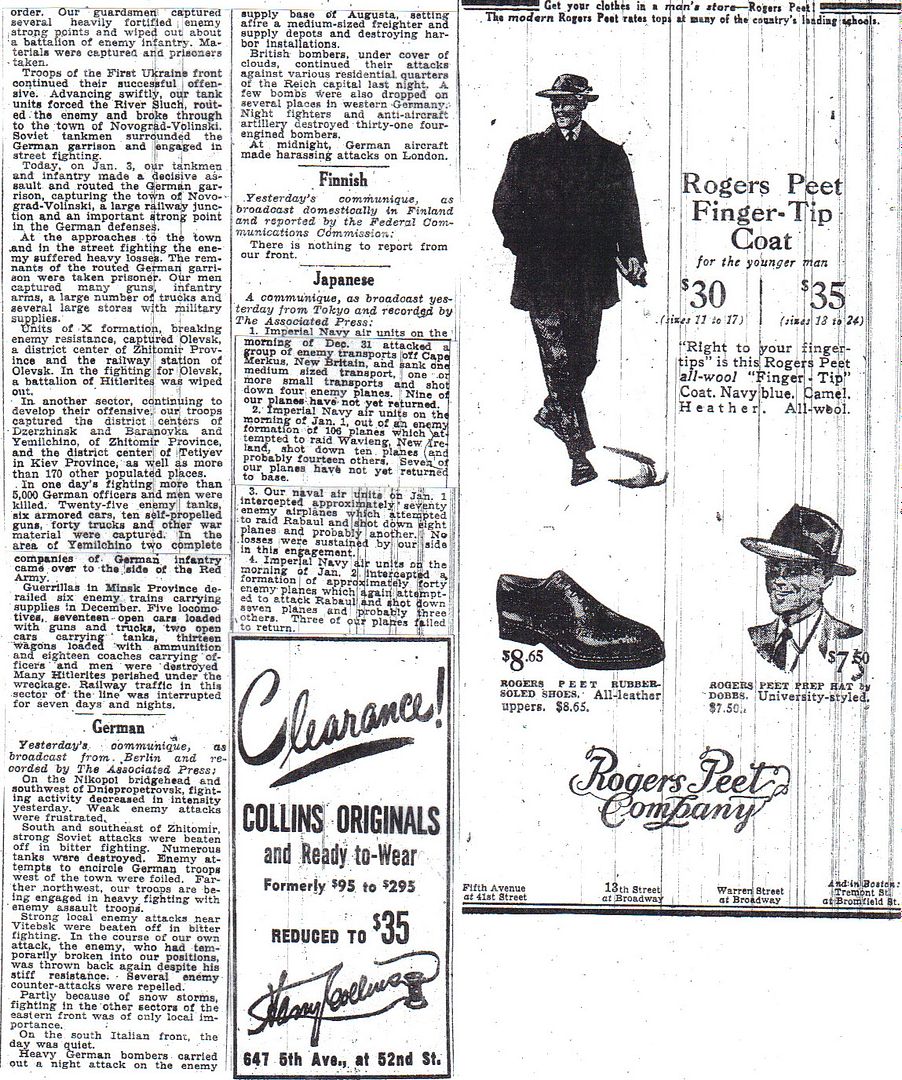
4 January. A 62 man patrol sent by the 2d Battalion along the coastal track to Sel reached Mur and reported no enemy found. Another 2d Battalion patrol was sent southwest. It made no contact with live Japanese but found six fresh Japanese graves and an abandoned OP.
A Company K patrol was dispatched to Cape Iris, crossing the swift Mot River to get there. It carried one SCR-284 radio for hourly reports to 3d Battalion, but it never worked at all. This patrol ran into five enemy at Teteri and killed one and dispersed the rest.
Near Bilau village this patrol signaled the LCMs (landing craft, mechanized) offshore which were bringing up their packs, extra rations, and additional ammunition, to come on in. But as the LCMs closed in on the beach they came under enemy machine gun fire from the bush. They opened up return fire with two caliber .50 machine guns. But they didn’t fire on the Japanese, but at the patrol. By good luck their aim was poor and no one was hit.
At 1430 about 30 Japanese armed with rifles and two light machine guns attacked this patrol. The enemy staged a banzai bayonet charge but our patrol met it with automatic-weapons fire and killed three and drove the rest back. The Company K patrol lost one killed. It withdrew to the east bank of the Mot, killing two more Japanese on the way.
Total casualties for this day were 1 killed, 5 wounded.
Major General H.W. Blakeley, USA, Ret., The 32d Infantry Division in World War II
“Kiel took another battering from Flying Fortresses today, formation after formation of the big bombers roaring over the German port practically without opposition. Observers say the city was like "A sheet of flames" after the Forts had completed their task of destruction. Not a single bomb was wasted. Of the 22 ship sent by the 381st, six were from this squadron: Lts Klein, Sandman, Fridgen, Chason, Butler and Nason.
“Parachutes save lives, but today 2nd Lt Adam A. Mackow, of Newark, N.J., saved a parachute. When the B-17 ‘Hellcat’ approached Kiel, the chute of the navigator, 2nd Lt David E. Barer, of Brooklyn, N.Y., unexpectedly blossomed forth and bellied out in the nose section of the plane.
“Lt Mackow, bombardier, temporarily left his position and gathered the billowing chute in his arms. He then helped Lt Barer remove his chute and both prepared for ‘Hellcat's’ bomb run over the city. Later, when Lt Mackow had sent his bombs away with the rest of the strong Fortress formation, he tackled the job of re-packing Barer's chute.
“‘That same thing happened to me twice during my training days,’ said Mackow, ‘and I knew how to go about re-packing the chute. It was plenty cold but up there taking your nose in your hands it won't get frostbitten unless you touch metal. When my hands did began to get cold I put on silk gloves.’
“Relating how he carefully refolded the chute in the container, Lt Mackow said: ‘When I finally got it back in - after two hours work - it was packed well enough so that I would not be afraid to use it myself.’
“In addition to re-packing the chute at 20,000 ft and performing his ordinary duties as bombardier, Lt Mackow overhauled one of his .50 caliber machine guns before the trouble with the parachute began.
“’You can say I had a busy day,’ he said.”
Stalin Hails Gains (Parker) – 2-3
Century-Old Puzzle of Poland’s Frontiers Comes to Fore Again with Red Army Gains – 3
Fighting in the Frozen North: Red Army Troops Beyond Arctic Circle (photos) – 4
2 Japanese Cruisers Fired at Kavieng; Plane Bag is 32 (Kluckhohn) – 5
War News Summarized – 5
‘Lost’ Ships Pay Off for Pearl Harbor (Horne) – 6
Nazi Air Survival or Ruin at Stake Soon, Says Arnold (Shalett) – 6-7
City Area Shaken – 8-9
Helicopter Rushes Plasma to Injured – 9
Survivors Laud Rescuers; Tell of Popping Shells – 10
Gale Batters Coast; Snow Turns to Rain – 10
Survivors of the Explosions that Sank U.S. Destroyer Off Sandy Hook Yesterday (photos) – 11-12
The Texts of the Day’s Communiques on the Fighting in Various War Zones – 13-14
http://www.onwar.com/chrono/1944/jan44/f04jan44.htm
Allies support resistance in Europe
Tuesday, January 4, 1944 www.onwar.com
Over Occupied France... The first mission of Operation Carpetbagger is flown from Tempsford, England during the night. Allied air forces begin regular airborne supply drops to various resistance groups in the Netherlands, Belgium, France and Italy.
In the Bismark Archipelago... On New Ireland, American aircraft from Admiral Sherman’s carrier task group attack Kavieng. The Japanese destroyer Fumitsuki is damaged.
On the Eastern Front... Soviet forces cross the prewar frontier with Poland near Olevsk. In the Ukraine, Soviet forces capture Byelaya Tserkov, about 64 km southwest of Kiev.
In Italy... US 5th Army forces (particularly the British 46th Division) launch attacks along a 10-mile front toward the southern end of the German defensive positions of the Gustav Line.
From London... The exiled King of Greece strips three former prime ministers of Greek citizenship for collaborating with the German occupation authorities.
http://www.etherit.co.uk/month/thismonth/04.htm
January 4th, 1944 (TUESDAY)
UNITED KINGDOM: USAAF Eighth Air Force aircraft begin flying supplies, under code name Operation CARPETBAGGER, from the U.K. to underground patriot forces in Western Europe. Full-scale supply missions will come to an end in September 1944.
The USAAF Ninth Air Force activates the XIX Air Support Command at Middle Wallop, Hampshire, England with Major General Elwood R Quesada in command; the XIX will support Lieutenant General George Patton’s Third Army in Europe.
FRANCE: The USAAF Ninth Air Force sends 258 B-26 Marauders to bomb NOBALL targets (V-weapons sites). Weather makes bombing difficult, and results range from unknown to good.
During the night of 4/5 January, RAF Bomber Command dispatches 80 aircraft, 57 Stirlings, 12 Mosquitos and 11 Lancasters, to five V-1 sites; 32 aircraft bomb the site at Aily-Le-Haut-Clocher, 31 bomb Bois des Huit Rues, 11 hit Fieval, three attack Bristillene and two bomb LaGalcerie. No aircraft are lost. In other missions, 32 bombers drop mines off Bay of Biscay ports: ten each lay mines off Gironde and La Pallice, six each lay mines off Bayonne and Brest, and three each lay mines off Lorient and St. Nazaire.
The USAAF Eighth Air Force flies Mission 175: four B-17 Flying Fortresses drop 800,000 leaflets on Orleans, Lorient, Rouen and Tours, France at 2005-2021 hours without loss.
NETHERLANDS: During the night of 4/5 January, one of the RAF Bomber Command Mosquitos dispatched to bomb Germany attacks Texel.
ITALY: Attacks by the Allied 5th Army, specifically the British 46th Div, against the Gustav line, begin on a 10 mile front. In the U.S. Fifth Army’s British X Corps area, in preparation for an attack on Cedro Hill, the 138th Brigade, 46th Division establishes a bridgehead across the Peccia River, during the night of 4/5 January, against strong opposition. In the U.S. II Corps area, the 1st Special Service Force gains positions on the ridge southeast of Mt. Majo, overrunning Hill 775 and Mt. Arcalone. Other elements of II Corps move forward to the line of departure for the main offensive, overcoming some opposition en route.
GERMANY: Rastenburg: Hitler refuses von Manstein’s plea to pull troops out of the Dnieper Bend in order to free soldiers for the northern front.
The USAAF Eighth Air Force flies Mission 174: 514 B-17 Flying Fortresses and 130 B-24 Liberators are dispatched to bomb two targets; 13 B-17s and six B-24s are lost. The targets are (numbers in parenthesis indicate number of aircraft bombing and number lost, e.g., 97-1):
- Industrial area at Munster (70-2)
- U-boat yards at Kiel (451-17)
- Targets of opportunity (30-0)
During the night of 4/5 January, RAF Bomber Command dispatches 18 Mosquitos to bomb three targets: eight bomb Berlin, two attack Cologne and one hits Krefeld.
U.S.S.R.: Belaya Tserkov, another German strong point southwest of Kiev, falls to the Red Army. The advance continues toward Uman. Black Sea Fleet: (Sergey Anisimov)(69)Submarine loss. “M-36” - mined while on trials, at Poti area.
BULGARIA: Over 100 USAAF Fifteenth Air Force B-17 Flying Fortresses are dispatched to bomb the marshalling yard at Dupnica; 27 bomb the target area, but heavy cloud cover causes 77 B-17 Flying Fortresses to return bombs to base; P-38 Lightnings escort the B-17 Flying Fortresses the total distance to and from targets; P-47 Thunderbolts provide escort part way.
YUGOSLAVIA: USAAF Twelfth Air Force B-25 Mitchells bomb the Brodac town area and marshalling yard, and the town of Travnik.
EUROPE: Allied aircraft start Operation Carpetbagger, regular supply missions to partisans in the Netherlands, France, Belgium and Italy.
NEW GUINEA: In Northeast New Guinea, Japanese Lieutenant General ADACHI Hatazo, commanding the Eighteenth Army, order his 20th and 51st Divisions to withdraw to Madang without any more attempts at a delaying action. Extensive patrolling of the Saidor area by the Allies is uneventful. The Australians reach Cape King William, 16 miles (26 kilometres) southeast of Sio.
In Northeast New Guinea, over 100 USAAF Fifth Air Force heavy and medium bombers bomb the Alexishafen, Madang, and Bogadjim areas and hit troops and supplies between Finschhafen and Saidor.
Gilbert Islands: 45th Fighter Squadron with P-40N’s moved from Nanumea to Abemama but operated from Makin until 24 Mar 44.
SOLOMON ISLANDS: USAAF Thirteenth Air Force B-24 Liberators bomb Sohano Island, concentrating on the seaplane base and supply area. B-25 Mitchells hit gun positions at Tonolai and bomb Chabai on Bougainville Island. P-39 Airacobras, New Zealand (PV-1) Ventura’s, and night fighters, operating individually or in small flights, hit targets on Bougainville, including barges at Mutupina Point and along the Jaba River, and areas around Buka, Buka Island, Bonis, Poporang Island, Papas, and Banin.
Rabaul: Major Gregory Boyington, USMCR was captured by the Japanese, after scoring 28 confirmed aircraft shotdown.
BISMARCK ARCHIPELAGO: On New Britain Island, the ADC Group (7th Marine Regiment, reinforced by the 3d Battalion of the 5th Marine Regiment, and supporting units) continues their attack after artillery preparation,. Tanks cross an improvised ramp over Suicide Creek and support marines by destroying enemy positions at point-blank range. The assault force, now expanded to four battalions, pushes southward without opposition to the next phase line, north of Hill 150 and Aogiri Ridge.
Aircraft of USN Task Group 37.2 bomb Japanese shipping at Kavieng, New Ireland Island, damaging destroyers HIJMS Fumizuki and Satsuki in Stephen Strait. Task Group 37.2 is comprised of the aircraft carrier USS Bunker Hill (CV-17), with Carrier Air Group 17 (CVG-17), the small aircraft carrier USS Monterey (CVL-26) with Light Carrier Air Group 30 (CVLG-30), the battleship USS Washington (BB-56) and six destroyers.
USAAF Fifth Air Force B-25 Mitchells attack artillery positions in the Cape Gloucester area on New Britain Island while over 40 land-based Allied fighters from the Solomon Islands attack the Rabaul area and claim at least ten Japanese airplanes shot down.
PACIFIC: From Glen Boren’s diary aboard the USS BUNKER HILL: Launched a predawn patrol and a search at Kavieng Harbour. Located several ships about so we launched an attack at 800. Aircraft returned about noon.
Several hits were made on cruisers and destroyers, but none were thought to have sunk. They were out of the harbour in open water.
Ensign Beedle got shot down by a hap after driving him off a bomber. He caught fire and crashed in the water. NOTE: Ensign Beedle was the brother of movie star, William Holden. I didn’t know that at the time, just found that out recently.
Our skipper got the hydraulics shot away and after three tries, made a very hot landing, and a purple heart. Shrapnel penetrated the cockpit and got him in the leg. Another pilot landed and dropped a wheel in the catwalk. Heavy damage to the aircraft.
General Quarters sounded at 1400. Boggies at 50 miles out. 5 zekes and a nell. Monterey fighters shot them down. Later a jake and a betty were shot down, 28 and 15 miles out.
Just before dark, the ship’s captain came on the squawkbox and told the gunners that a sub would be coming up in the middle of the task force and not to shoot it as it would be ours. At 1845, the Guardfish surfaced on our port side. Quite a sight. She stayed with us all night and submerged at dawn.
We headed back for E. S.
ATLANTIC OCEAN: USN light cruiser USS Omaha (CL-4) and destroyer USS Jouett (DD-396) intercept German blockade runner SS Rio Grande carrying a load of crude rubber in the South Atlantic. Gunfire and scuttling charges sink Rio Grande about 559 nautical miles (1 036 kilometres) east of Recife, Brazil, in position 06.41S, 25.36W, in a depth of 18,904 feet (5 762 meters).
Churchill seems always very much involved in military decisions in a way that FDR was not. Of course, he was Defence Minister as well as Prime Minister.
“China remains our most effective base for aerial operations against Japan.”
Was in one of the articles. That sounds good until you think about the logistics of supply? On the other hand if your army continues east from Europe, then that is closer.
Just caught my attention this morning. There was a lot of thinking and arguing of strategy going on.
helicopter flies plasma to injured
They used an experiment helicopter, as delivery by boat would take an hour. Premonition of MASH?
To all- please ping me to Canadian topics.

Canada Ping!
The Times has noticed that there are...complications...with the Red Army’s feat.
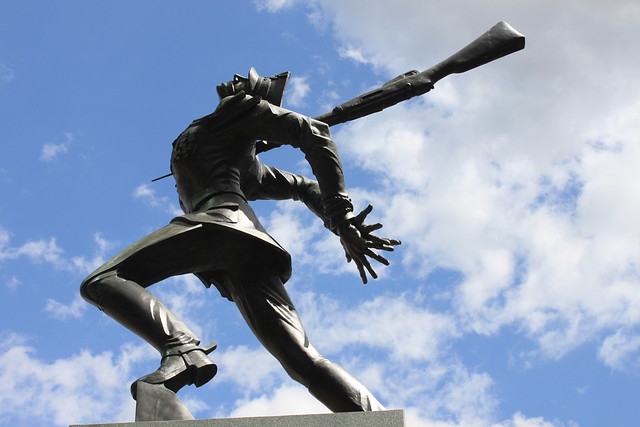
Interesting to me that Russia has crossed the Polish border but are still 7 months away from finding the first extermination camp. Looks like this drive might slow down some for the spring.
BroJoe, I figured you would have better figures than I, but the first extermination camp found by the Russians (though not intact) was Maly Trostenets which is on the outskirts of Minsk and ironically, directly north of where the current salient is. This camp wasn’t purpose built like Chelmno or Sobibor and I don’t think it even had fixed gas chambers.
About this time the Navy high command learned about the B-29 deployment and firmly fixed the objective of the Central Pacific campaign as the Marianas Islands (which they wanted all along) rather than the Philippines.
A few airstrips capable of handling B-29's were built in the Aleutians, but no units were stationed there. Weather was a big problem and they could only hit the Kuriles and Hokkaido.
Disclaimer: Opinions posted on Free Republic are those of the individual posters and do not necessarily represent the opinion of Free Republic or its management. All materials posted herein are protected by copyright law and the exemption for fair use of copyrighted works.